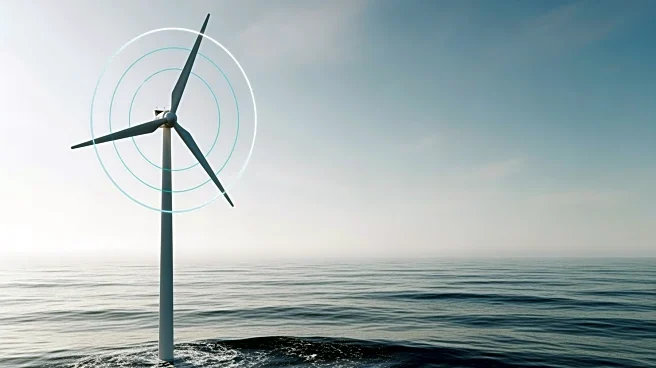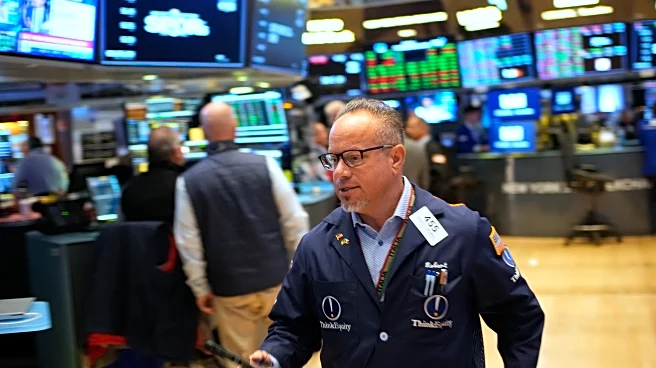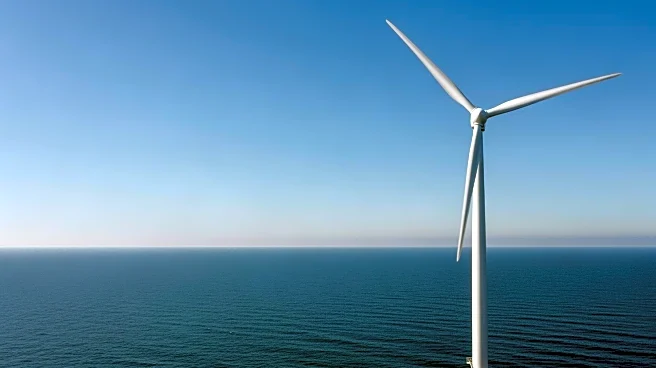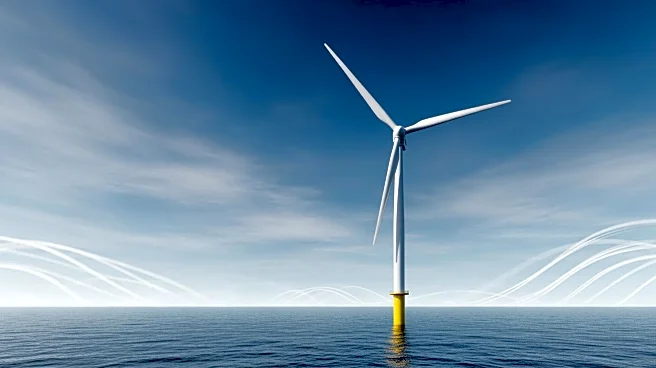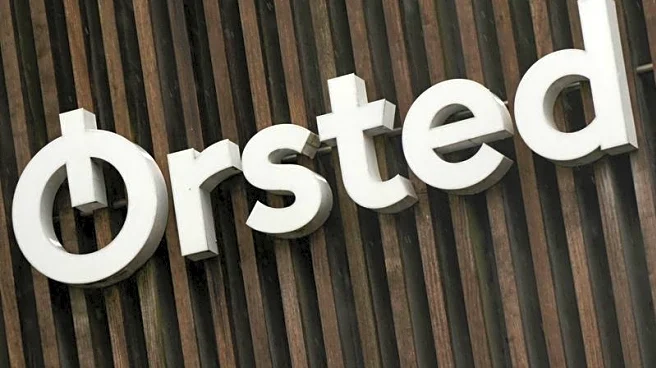What's Happening?
Denmark's Orsted and Vestas, leading companies in the offshore wind sector, have urged European nations to expedite permitting processes, improve auction terms, and invest in power grids to capitalize on the sector's growth potential. This call comes
as the U.S. market faces a near standstill due to President Trump's opposition to renewable energy projects, particularly offshore wind developments. Vestas anticipates a global offshore wind capacity growth of 20-25% annually until 2030, contingent on Europe's ability to streamline licensing and enhance auction designs. Recent failures in European auctions, where countries like Denmark and Germany struggled to attract bidders, highlight the need for better subsidy and revenue guarantee structures. Orsted, despite facing financial setbacks due to U.S. tariffs and halted projects, remains optimistic about Europe's progress in improving auction terms.
Why It's Important?
The push for accelerated permits in Europe is crucial as the offshore wind industry seeks to expand amidst challenges in the U.S. market. The industry's growth is vital for meeting renewable energy targets and reducing carbon emissions. Europe's ability to attract investment and streamline processes could set a precedent for global renewable energy policies. Companies like Vestas and Orsted stand to benefit from a more favorable European market, potentially offsetting losses from the U.S. market freeze. This development could influence global energy strategies and highlight the importance of supportive government policies in advancing renewable energy initiatives.
What's Next?
European nations may need to reassess their auction and subsidy frameworks to attract more bidders and ensure the viability of offshore wind projects. The industry will likely monitor policy changes and market responses closely. In the U.S., the freeze on offshore wind projects could face legal challenges or policy shifts depending on future administrative changes. Stakeholders in the renewable energy sector will be keenly observing these developments, as they could impact investment decisions and strategic planning.
